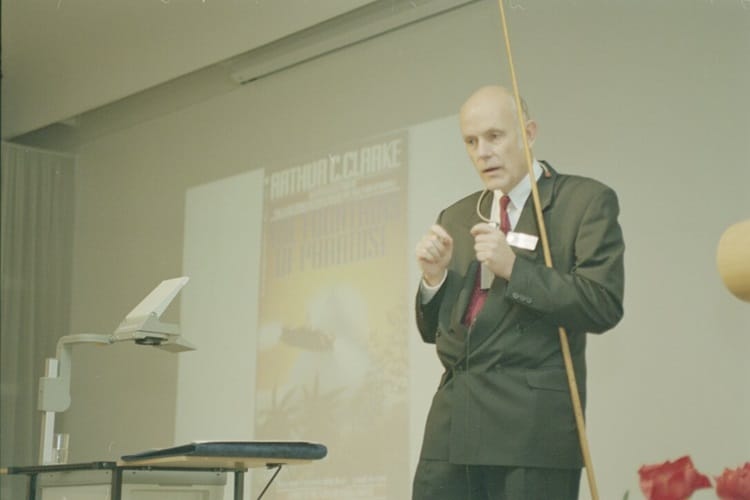Richard Smalley: Pioneering Nanotechnology for a Better World

Richard Smalley (6 June 1943 – 28 October 2005) was an American chemist who was the Gene and Norman Hackerman Professor of Chemistry, Physics, and Astronomy at Rice University.
Life and Career
Richard Smalley was born on 6 June 1943, in Akron, Ohio, United States. He earned his bachelor’s degree in chemistry from Hope College in Michigan and later completed his Ph.D. in chemistry at Princeton University in 1973. After completing his doctoral studies, Smalley began working as a research scientist at Rice University in Houston, Texas.
Throughout his career, Smalley made several important scientific breakthroughs, but he is perhaps best known for his work on fullerenes. In 1985, he and his colleagues discovered a new form of carbon, C60, also known as buckminsterfullerene or simply “buckyballs.” This discovery had a profound impact on the field of chemistry and materials science.
For his groundbreaking work on fullerenes, Richard Smalley was awarded the Nobel Prize in Chemistry in 1996, along with Robert F. Curl and Sir Harold Kroto. This recognition was a testament to his remarkable contributions to the understanding of nanoscale structures and materials.
Smalley continued his research on nanotechnology and its potential applications, focusing on carbon nanotubes. He was instrumental in advancing the understanding and development of these nanoscale structures, which have since found numerous applications in various industries, including electronics, materials science, and medicine. He passed away on 28 October 2005, leaving behind a legacy of pioneering research in the field of nanotechnology.
Award and Legacy
Richard Smalley was awarded the Nobel Prize in Chemistry, which he received in 1996. This honor recognized his groundbreaking discovery of fullerenes and their significant impact on the world of chemistry and materials science.
Smalley’s legacy extends beyond this prestigious award. He was instrumental in advancing the field of nanotechnology, opening up new possibilities for the development of novel materials and technologies. His work on fullerenes and nanotubes laid the foundation for the creation of innovative materials with applications in areas such as electronics, medicine, and energy storage.
Additionally, Richard Smalley’s passion for scientific outreach and education has inspired countless students and researchers. He emphasized the importance of interdisciplinary collaboration, pushing the boundaries of science, and addressing some of the world’s most pressing issues, particularly in the fields of energy and the environment.
His legacy lives on through the work of the scientists he mentored, the continued advancements in nanotechnology, and the broader understanding of the potential of nanomaterials to revolutionize various industries. Richard Smalley’s contributions and vision continue to shape the scientific landscape and inspire future generations of researchers.
Observer Voice is the one stop site for National, International news, Sports, Editor’s Choice, Art/culture contents, Quotes and much more. We also cover historical contents. Historical contents includes World History, Indian History, and what happened today. The website also covers Entertainment across the India and World.
Follow Us on Twitter, Instagram, Facebook, & LinkedIn

